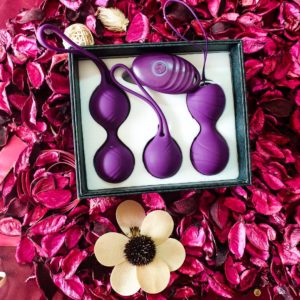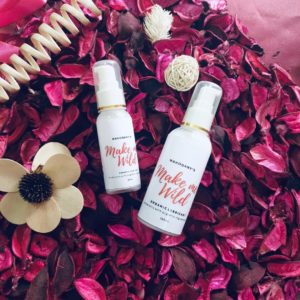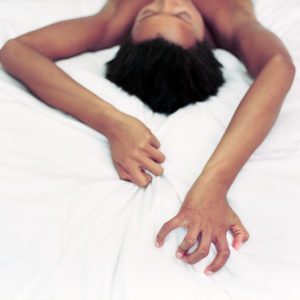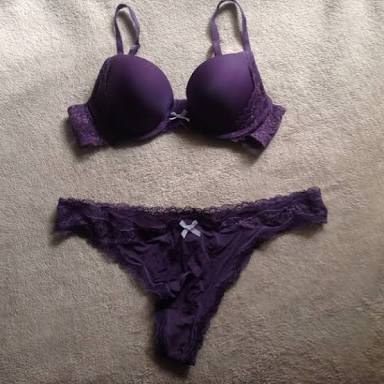PAD RASH
A pad rash is something that you might experience usually when the pad has been wet for a long time and rubs along the thighs causing it to chaff. They can be very painful and irritating. They could also leave you very cranky an irritable. To prevent this from occurring, you need to try to stay dry during your periods. If you have a rash, it is important to get them checked by a doctor, because many other conditions may cause similar symptoms. But if you are certain that your rash is caused by sanitary pads, here are some tips to help you deal with pad rash.

- Change your pad regularly:
The standard time to change pad is once every six hours. But due to your busy lifestyle, and probably you are always on the move, you might have to customize the changing schedule to your needs. It is not healthy to wear your pad for a very long time, as this might lead to an infection, and also pad rash. Make sure you always have an extra pad handy.

- Use only one method of sanitation at a time:
Some women with heavy flow tend to use more than one sanitary product at a time. E.g.; two sanitary pads, or a sanitary pad and a piece of cloth, or a tampon and a sanitary pad. This might seem like a good idea, but it’s not. Changing your pad regularly, is a more preferred option.
- Opt for a good sanitary pad:
To prevent pad rash, use light, soft pads that do not contain chemicals, which your skin might be sensitive to. You can use organic cotton pads. Do not use tissue papers or cloths, as they do not possess the absorbance ability a standard pad. They would make you irritably wet, and you might get period stains on your outfit. Plus their chances of given you a rash is very high.

- Maintain a good hygiene:
Maintaining a good hygiene by washing yourself regularly is very important. Make sure you do not neglect any part of your vaginal and thigh area when washing. This practice tends to beat bad odors and prevents pad rash. Don’t wash your vagina or vulva with soap or any other vaginal hygiene products. The vagina has its own cleaning mechanism. Always use the right techniques when washing. Wash in a motion that is from the vagina to the anus, and not in the opposite direction. This is to prevent bacteria from the anus from lodging in the vagina. If you cannot wash yourself before changing your pad, use wet wipes.

- Stay aerated:
Avoid wearing tight clothes or synthetic fabrics. This will allow air flow easily through your body, preventing heat and also drying sweat, and any other form of wetness that may cause rashes.
- Apply Prescription Ointments or Cream:
Applying antiseptic ointment after a bath and before bed, will heal the rashes and prevent further chaffing. Consult with your doctor or pharmacist. There are different types of ointments, for different types of rashes. Anti fungal cream is given for yeast infection caused by sanitary pad, while antiseptic cream is given for bacterial infection. Your doctor or pharmacist would know which ointment or cream would be more effective for you.

- Apply Powder:
Applying powder, will help you keep your vaginal area dry. Use the powder before wearing a pad, and after washing your vaginal area. Apply the powder around your vaginal region and inner thighs. Also consult with your doctor or pharmacist to know what powder would be effective for you.
If the pad rash gets worse, please visit your doctor. You might also want to consider switching over to tampons or menstrual cups.













